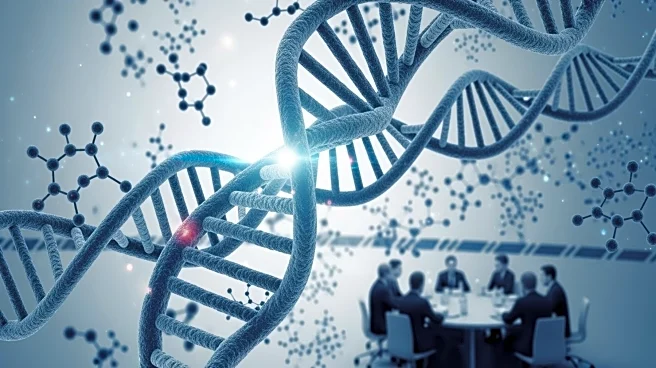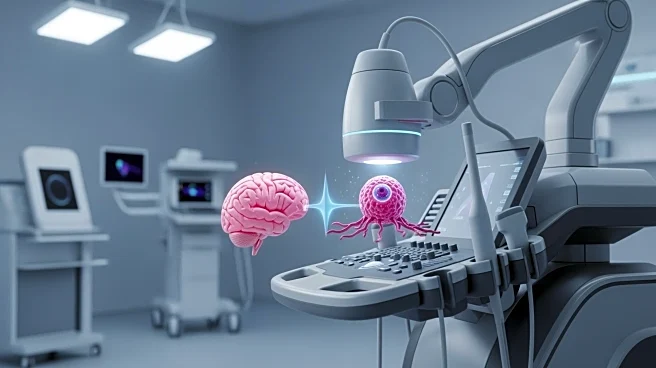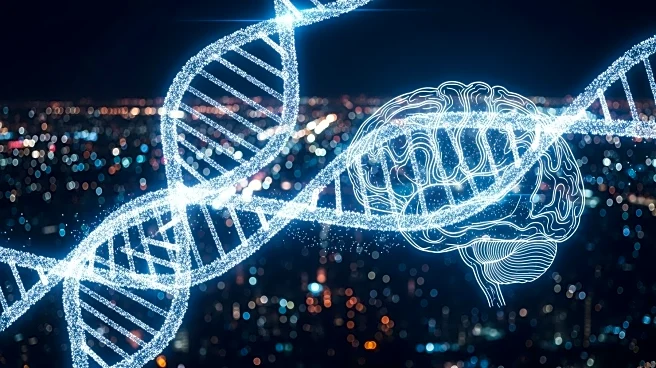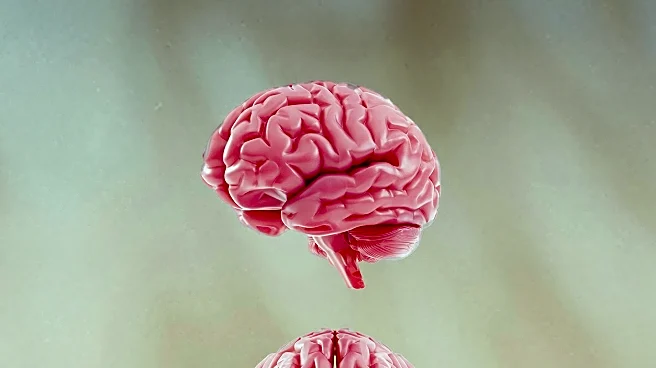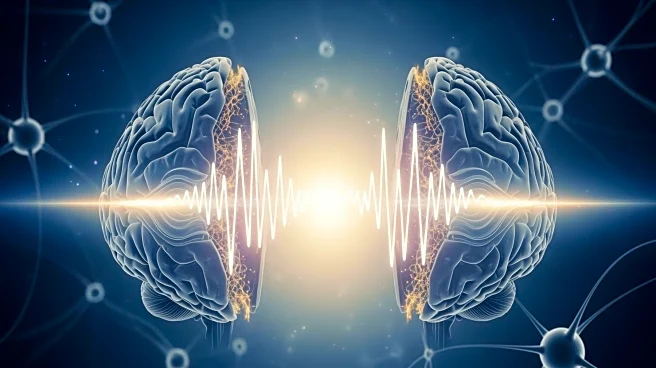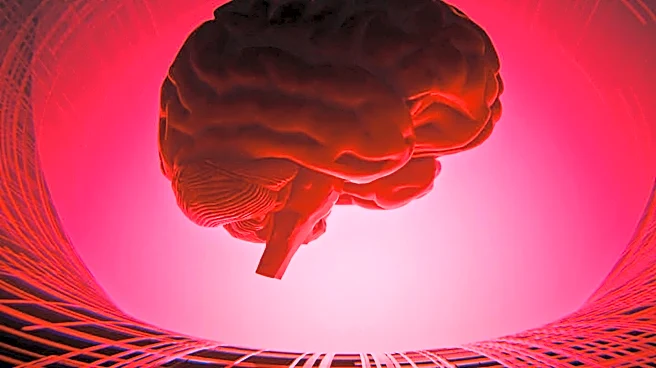What's Happening?
A study published in Nature Medicine has developed MRI-based Biological Age Gaps (MRIBAGs) to assess how different organs age. Researchers used MRI data to create age-prediction models for the brain, heart,
liver, and other organs. These models help predict disease risk and mortality, offering insights into personalized medicine. The study highlights the potential of MRIBAGs in understanding aging and developing targeted therapies for conditions like Alzheimer's disease.
Why It's Important?
The ability to assess organ-specific aging could revolutionize healthcare by enabling personalized treatment plans. Understanding how different organs age can help predict disease onset and tailor prevention strategies. This research could lead to more effective clinical trials and therapies, particularly for age-related diseases. The findings emphasize the importance of integrating advanced imaging techniques with genetic and molecular data to improve health outcomes.
What's Next?
Further research is needed to validate these findings across diverse populations. The study suggests potential drug-repurposing opportunities, which could lead to new treatments for age-related diseases. As the technology advances, MRIBAGs may become a standard tool in clinical practice, aiding in early diagnosis and intervention.


